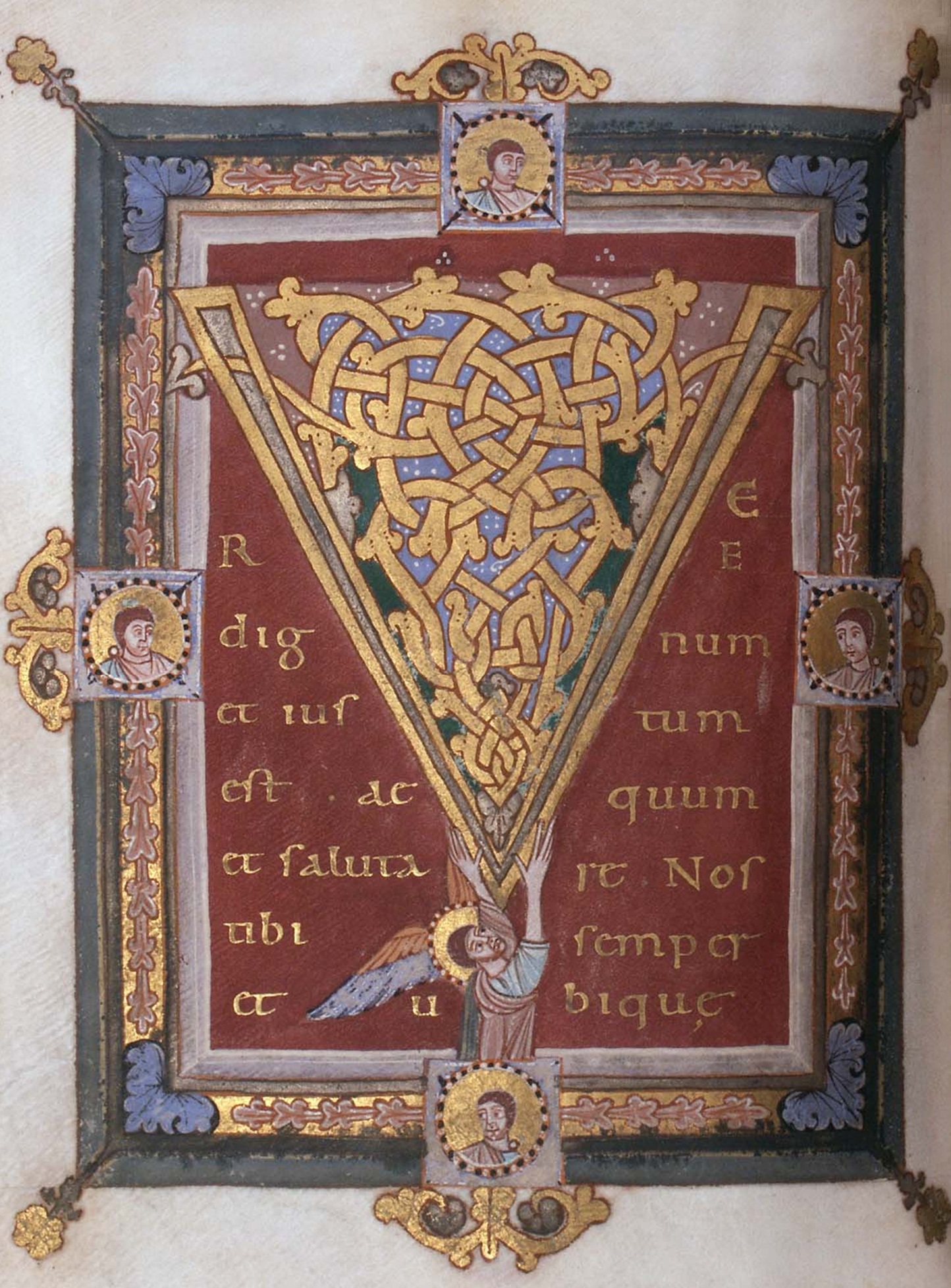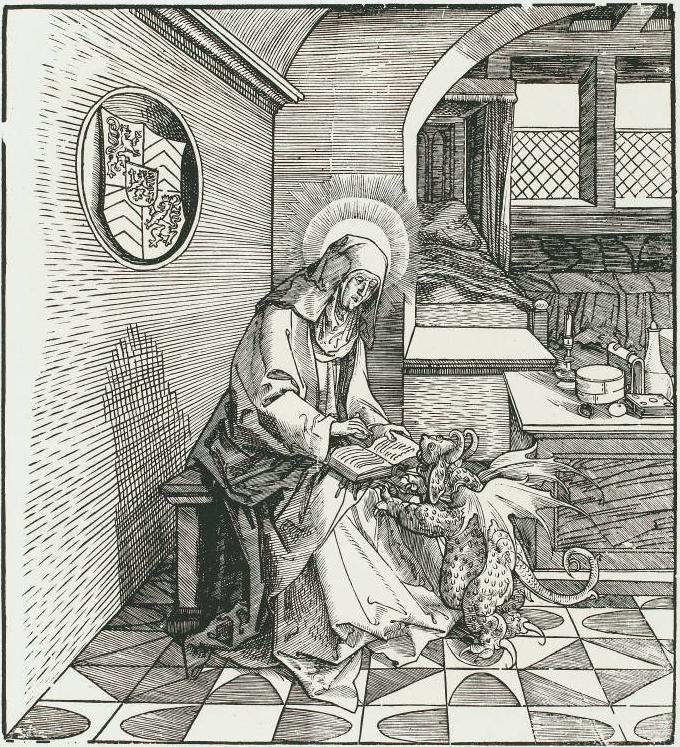|
Hildoard
Hildoard or Hildo, was bishop of Cambrai from 790 to 816. He was a liturgical reformer, closely tied to the court of Charlemagne. His sacramentary is the only surviving exact copy, made around 812, of the ''Sacramentarium Hadrianum'', sent out by Pope Hadrian I to Charlemagne. He restored Maubeuge Abbey Maubeuge Abbey (french: Abbaye de Maubeuge) was a women's monastery in Maubeuge, in the County of Hainaut, now northern France, close to the modern border with Belgium. It is best known today as the abbey founded by St. Aldegonde, still a popular .... Notes {{authority control 816 deaths 8th-century Frankish bishops Bishops of Cambrai 8th-century births Bishops in the Carolingian Empire ... [...More Info...] [...Related Items...] OR: [Wikipedia] [Google] [Baidu] |
Bishop Of Cambrai
The Archdiocese of Cambrai ( la, Archdiocesis Cameracensis; French: ''Archidiocèse de Cambrai'') is a Latin Church ecclesiastical jurisdiction or archdiocese of the Catholic Church in France, comprising the arrondissements of Avesnes-sur-Helpe, Cambrai, Douai, and Valenciennes within the ''département'' of Nord, in the region of Nord-Pas-de-Calais. The current archbishop is Vincent Dollmann, appointed in August 2018. Since 2008 the archdiocese has been a suffragan of the Archdiocese of Lille. History Originally erected in the late 6th century as the Diocese of Cambrai, when the episcopal see after the death of the Frankish bishop Saint Vedast (Vaast) was relocated here from Arras. Though subordinate to the Archdiocese of Reims, Cambrai's jurisdiction was immense and included even Brussels and Antwerp. In the early Middle Ages the Diocese of Cambrai was included in that part of Lotharingia which at first had been allocated to the West Frankish king Charles the Bald by the T ... [...More Info...] [...Related Items...] OR: [Wikipedia] [Google] [Baidu] |
Sacramentary
In the Western Church of the Early and High Middle Ages, a sacramentary was a book used for liturgical services and the mass by a bishop or priest. Sacramentaries include only the words spoken or sung by him, unlike the missals of later centuries that include all the texts of the mass whether read by the bishop, priest, or others. Also, sacramentaries, unlike missals, include texts for services other than the mass such as ordinations, the consecration of a church or altar, exorcisms, and blessings, all of which were later included in Pontificals and Rituals instead. In the late 20th century, the word ''sacramentary'' was used in the United States and some other English-speaking countries for the English translation of the Roman Missal, particularly those that, like earlier sacramentaries, omitted parts of the Mass not said by the priest. Decline of the sacramentary Other books used in the celebration of Mass included the Graduale (texts mainly from the Psalms, with musica ... [...More Info...] [...Related Items...] OR: [Wikipedia] [Google] [Baidu] |
Maubeuge Abbey
Maubeuge Abbey (french: Abbaye de Maubeuge) was a women's monastery in Maubeuge, in the County of Hainaut, now northern France, close to the modern border with Belgium. It is best known today as the abbey founded by St. Aldegonde, still a popular figure of devotion in the region. It is thought to have possibly been where the young Jan Gossaert, a Renaissance-era painter known as Jan Mabuse, was educated, claimed by some to have been a native of the town of Maubeuge, which grew up around the abbey. History Initially founded as a double monastery, that is, a community of both men and women, this abbey was founded in 661 for the care of the sick by the young Aldegonde, who was abbess there until her death in 684, and was also buried there. She was succeeded as abbess by her two nieces, first Aldetrudis and then Madelberte. The abbey soon became a Benedictine monastery solely of nuns. St. Amalberga of Maubeuge became a member of the community later in the eighth century. Maubeuge ... [...More Info...] [...Related Items...] OR: [Wikipedia] [Google] [Baidu] |
816 Deaths
__NOTOC__ Year 816 ( DCCCXVI) was a leap year starting on Tuesday (link will display the full calendar) of the Julian calendar. Events By place Europe * October 5 – King Louis the Pious (son of Charlemagne) is crowned emperor of the Holy Roman Empire, by Pope Stephen IV at Reims. He also crowns the emperor's wife Ermengarde as Holy Roman Empress. The ceremony in Reims re-establishes the principle of papal supremacy, by recognising the importance of the pope in imperial coronations. Louis gives the pope many gifts, including the estate tax Vendeuvre, near Troyes (Northern France). * Vikings raid Ireland at the Kingdom of Munster, at Inish Cathaigh. * Battle of Pancorbo: A Moorish army from the Emirate of Córdoba is sent by Emir Al-Hakam I, to take control of the pass at Pancorbo. They defeat the army of Asturian-Basque Frankish vassals. * Winter – The Basques, supported by the Moors, cross the Garonne River and revolt against the Franks in Gascony (north ... [...More Info...] [...Related Items...] OR: [Wikipedia] [Google] [Baidu] |
Charlemagne
Charlemagne ( , ) or Charles the Great ( la, Carolus Magnus; german: Karl der Große; 2 April 747 – 28 January 814), a member of the Carolingian dynasty, was King of the Franks from 768, King of the Lombards from 774, and the first Holy Roman Emperor, Emperor of the Romans from 800. Charlemagne succeeded in uniting the majority of Western Europe, western and central Europe and was the first recognized emperor to rule from western Europe after the fall of the Western Roman Empire around three centuries earlier. The expanded Frankish state that Charlemagne founded was the Carolingian Empire. He was Canonization, canonized by Antipope Paschal III—an act later treated as invalid—and he is now regarded by some as Beatification, beatified (which is a step on the path to sainthood) in the Catholic Church. Charlemagne was the eldest son of Pepin the Short and Bertrada of Laon. He was born before their Marriage in the Catholic Church, canonical marriage. He became king of the ... [...More Info...] [...Related Items...] OR: [Wikipedia] [Google] [Baidu] |
Pope Hadrian I
Pope Adrian I ( la, Hadrianus I; died 25 December 795) was the bishop of Rome and ruler of the Papal States from 1 February 772 to his death. He was the son of Theodore, a Roman nobleman. Adrian and his predecessors had to contend with periodic attempts by the Lombards to expand their holdings in Italy at the expense of the papacy. Not receiving any support from Constantinople, the popes looked for help to the Franks. Adrian's tenure saw the culmination of on-going territorial disputes between Charlemagne and his brother Carloman I. The Lombard king Desiderius supported the claims of Carloman's sons to their late father's land, and requested Pope Adrian crown Carloman's sons "Kings of the Franks". When the Pope failed to do so, Desiderius invaded Papal territory and seized the Duchy of the Pentapolis. Charlemagne besieged Pavia and took the Lombard crown for himself. He then restored the Pentapolis to the Papacy as well as some of the captured Lombard territory. Start of papacy ... [...More Info...] [...Related Items...] OR: [Wikipedia] [Google] [Baidu] |
Yitzhak Hen
Yitzhak Hen ( he, יצחק חן; born 1963) is Anna and Sam Lopin Professor of History, formerly at Ben-Gurion University of the Negev (Israel). Since August 2018 he has been the director of Israel Institute for Advanced Studies at the Hebrew University of Jerusalem. Life Professor Hen completed his BA in History and Psychology at the Hebrew University of Jerusalem in 1988, and his MA in History at the Hebrew University of Jerusalem in 1991. He wrote his PhD (completed in 1994) at the University of Cambridge ( UK). The title of his thesis was: ''Popular Culture in Merovingian Gaul, AD 481-751''. After his PhD studies, Hen won the Wolfson post-doctorate prize for the academic year 1994-5, and subsequently he won the Yad-Hanadiv post-doctorate prize for the study of European History. He was a Fellow in Residence at the Netherlands Institute for Advanced Study (NIAS) in 2000-2001, and a Visiting Fellow at Clare Hall (University of Cambridge) in 2007-8. Since 2008 he is a Life Me ... [...More Info...] [...Related Items...] OR: [Wikipedia] [Google] [Baidu] |
8th-century Frankish Bishops
The 8th century is the period from 701 ( DCCI) through 800 ( DCCC) in accordance with the Julian Calendar. The coast of North Africa and the Iberian Peninsula quickly came under Islamic Arab domination. The westward expansion of the Umayyad Empire was famously halted at the siege of Constantinople by the Byzantine Empire and the Battle of Tours by the Franks. The tide of Arab conquest came to an end in the middle of the 8th century.Roberts, J., '' History of the World'', Penguin, 1994. In Europe, late in the century, the Vikings, seafaring peoples from Scandinavia, begin raiding the coasts of Europe and the Mediterranean, and go on to found several important kingdoms. In Asia, the Pala Empire is founded in Bengal. The Tang dynasty reaches its pinnacle under Chinese Emperor Xuanzong. The Nara period begins in Japan. Events * Estimated century in which the poem Beowulf is composed. * Classical Maya civilization begins to decline. * The Kombumerri burial grounds are founded ... [...More Info...] [...Related Items...] OR: [Wikipedia] [Google] [Baidu] |
Bishops Of Cambrai
A bishop is an ordained clergy member who is entrusted with a position of authority and oversight in a religious institution. In Christianity, bishops are normally responsible for the governance of dioceses. The role or office of bishop is called episcopacy. Organizationally, several Christian denominations utilize ecclesiastical structures that call for the position of bishops, while other denominations have dispensed with this office, seeing it as a symbol of power. Bishops have also exercised political authority. Traditionally, bishops claim apostolic succession, a direct historical lineage dating back to the original Twelve Apostles or Saint Paul. The bishops are by doctrine understood as those who possess the full priesthood given by Jesus Christ, and therefore may ordain other clergy, including other bishops. A person ordained as a deacon, priest (i.e. presbyter), and then bishop is understood to hold the fullness of the ministerial priesthood, given responsibility by ... [...More Info...] [...Related Items...] OR: [Wikipedia] [Google] [Baidu] |
8th-century Births
The 8th century is the period from 701 ( DCCI) through 800 ( DCCC) in accordance with the Julian Calendar. The coast of North Africa and the Iberian Peninsula quickly came under Islamic Arab domination. The westward expansion of the Umayyad Empire was famously halted at the siege of Constantinople by the Byzantine Empire and the Battle of Tours by the Franks. The tide of Arab conquest came to an end in the middle of the 8th century.Roberts, J., '' History of the World'', Penguin, 1994. In Europe, late in the century, the Vikings, seafaring peoples from Scandinavia, begin raiding the coasts of Europe and the Mediterranean, and go on to found several important kingdoms. In Asia, the Pala Empire is founded in Bengal. The Tang dynasty reaches its pinnacle under Chinese Emperor Xuanzong. The Nara period begins in Japan. Events * Estimated century in which the poem Beowulf is composed. * Classical Maya civilization begins to decline. * The Kombumerri burial grounds are founded. * ... [...More Info...] [...Related Items...] OR: [Wikipedia] [Google] [Baidu] |



.jpg)



